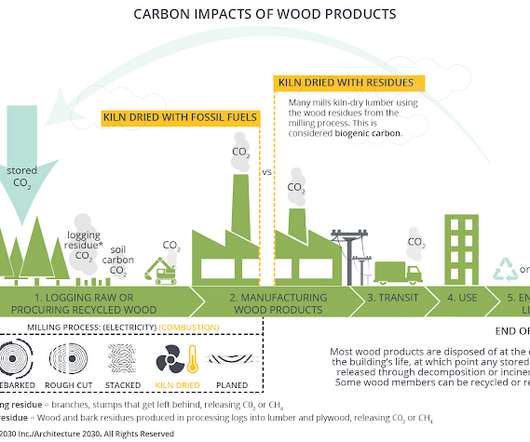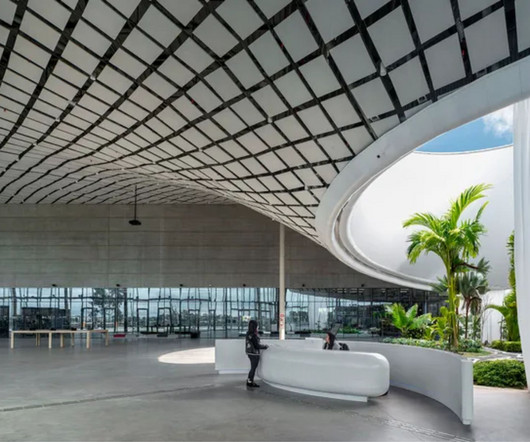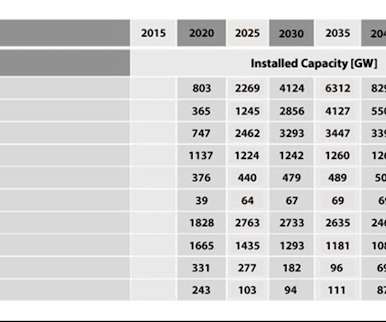5 things developers should know about mass timber
BD+C
FEBRUARY 15, 2024
Erik Barth Regulations Mass Timber Wood The Changing Built Environment The U.N.’s climate summit in 2019, Gensler co-CEO Diane Hoskins introduced the Gensler Cities Climate Challenge (GC3), our firmwide commitment to carbon neutrality in our work and operations by 2030. The IPCC report notes that an additional 2.5 Think long term.













Let's personalize your content